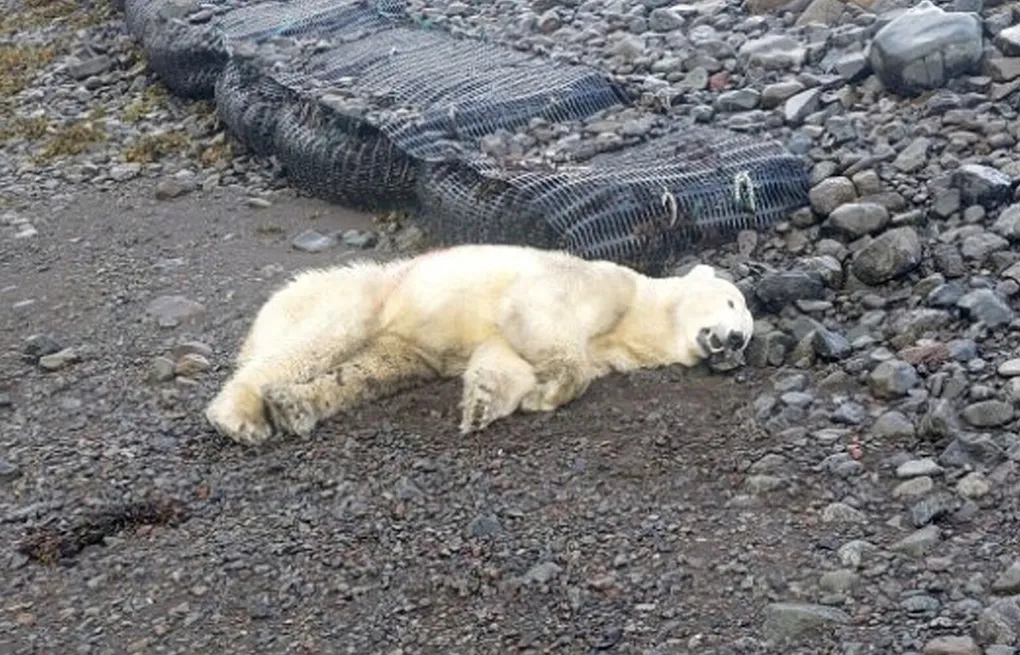The police chief, Helgi Jensson, stated that the proximity of the bear to the summer house and the woman’s presence inside posed a clear danger. While authorities expressed regret over the need to kill the animal, they deemed the action necessary to ensure the safety of the woman and others in the area.
Polar bears are not native to Iceland but occasionally arrive after floating on ice floes from Greenland, especially during warmer months when ice melts faster. Sightings of polar bears in Iceland are extremely rare, with fewer than 600 recorded since the ninth century. However, as sea ice diminishes due to climate change, polar bears are increasingly being forced to travel longer distances in search of food, leading to more frequent encounters with humans.
A study published in the Wildlife Society Bulletin in 2017 indicated that the loss of sea ice due to global warming has increased the chances of polar bears coming into contact with human settlements. Although polar bear attacks on humans are rare, the study noted that a growing number of hungry bears are being forced onto land, raising the risk of conflict.
The last polar bear sighting in Iceland occurred in 2016, and the bear killed in this recent incident was the first to be seen since then. Under Icelandic law, polar bears are a protected species, and it is illegal to kill one at sea unless it poses an immediate threat. However, when these bears come ashore and enter inhabited areas, authorities may resort to lethal measures to prevent harm to humans or livestock.
The incident has rekindled debates about how Iceland should handle these rare encounters with polar bears. In 2008, after two bears were killed, the government established a task force to explore alternative approaches. The task force ultimately concluded that killing the bears was often the most practical solution, given the significant cost and risks involved in relocating them to Greenland, about 180 miles away. The task force also found that Greenland’s bear population remained healthy enough to withstand such occasional losses.
This polar bear shooting underscores the complex challenges Iceland faces in balancing wildlife protection with human safety, especially as climate change continues to disrupt ecosystems and force species like the polar bear to venture beyond their traditional habitats in search of food.





